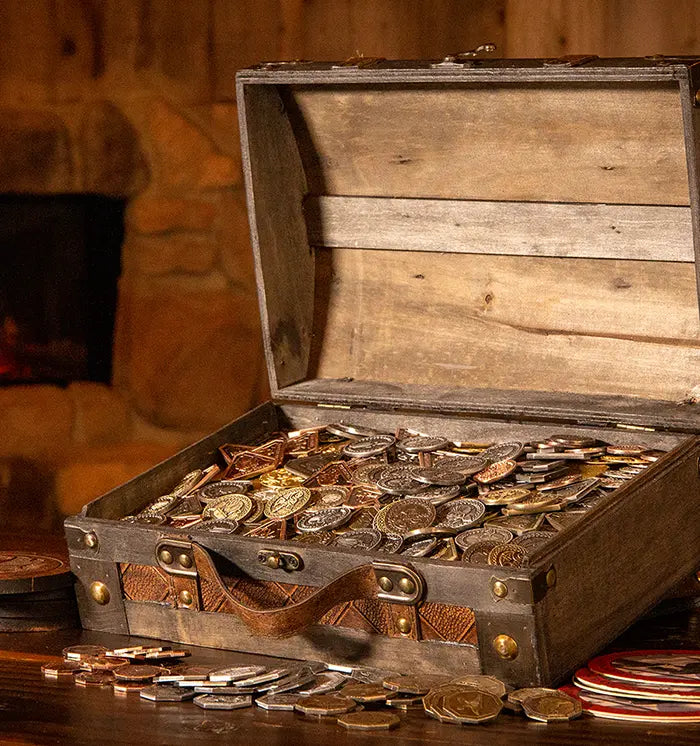Assembly Guide
Assembling our box organizer kits should be very straight-forward but there are some things we've learned along the way that can make the process even easier. Below is a collection of tips and tricks that should make assembly a breeze. If at any point you have problems assembling your kits, please contact us right away via email. We are quick to respond and will help you get through the issues.
Step 1: Gather Your Tools
None of these things are required and I've put together many kits with my bare hands, but these items can make it easier. If you have them, grab them and lay them out on the table.
- Soft mallet or other pounding device
- Glue (wood glue or white glue is ideal) Super glue can work too, but it's not very forgiving of mistakes.
- Sandpaper
- Hobby Knife
- Clear Tape or Masking Tape
Step 2: Getting Ready For Assembly
Lay the wooden sheets out on the table in the same way that they are shown in the instructions. Don't punch the pieces out yet. Sometimes the pieces look very similar and it will be helpful to know exactly where it came from on the sheet so you can be sure you used the correct piece.
Skim over the instructions one time before you start so you have an idea how it goes together. Also sometimes the instructions include little hints that are good to know ahead of time.
Step 3: Start Assembly
When removing a piece from the wooden sheet, rotate it back and forth several times until it breaks away. Don't just try to push it out of the sprue or you might take a chunk of wood with it. It's not necessary, but you can sand or carve any bump from the wood that was leftover from where it was attached to the sheet.
Be sure you have the pieces oriented the correct way before attempting to connect them. The instructions normally include diagrams that show you the exact direction that the pieces should fit.
Test the fit of each connection. The fit will fall into one of the three categories below.
Loose Fit
If the two pieces fit together loosely, you can use a bit of glue or tape to help hold it together. Tape works very well on the outside of 90-degree corners. For other connections, add a small amount of glue where the two pieces meet and press it together. Wipe off any excess glue with a rag or paper towel.
Snug Fit
If the connection is snug, but appears to go in, tap it together with your mallet or press it together firmly. If at any point it doesn't seem to go all the way, be careful about pulling it apart because the wood can snap if you apply too much force. A snug fit shouldn't need any glue or tape to hold it together and you can move on to the next connection.
Tight Fit
If the connection is too tight and doesn't appear to go in even with some force, you may need to take out the sandpaper or hobby knife. A fit can be tight in two ways, either the tabs are too thick for the slot, or the tab is too long. Most of the time it's a thickness issue as this is the part that can vary the most during manufacturing. In the case where the tab is too thick, use a piece of sand paper and lightly sand the tab on both sides to reduce its thickness and try the fit again. Repeat until the tab goes into the slot.
If the fit is tight because of the length of the tab, you can use a hobby knife to slightly carve a bit of wood from the top or bottom of the tab. Careful, don't cut yourself please!
Note that these types of fitting issues should be very rare. If you encounter more than one of these issues in your kit, please contact us so we can research the problem and make sure you are taken care of.
Step 4: Place The Kit Into The Box
The kits are designed to be a snug fit in the box. The easiest way to make sure it goes in is to keep all four corners as level as possible. You cannot push one side into the box and try to force the other side at an angle.
If you have any other questions or suggestions for kit assembly, please let us know.
Happy building!


